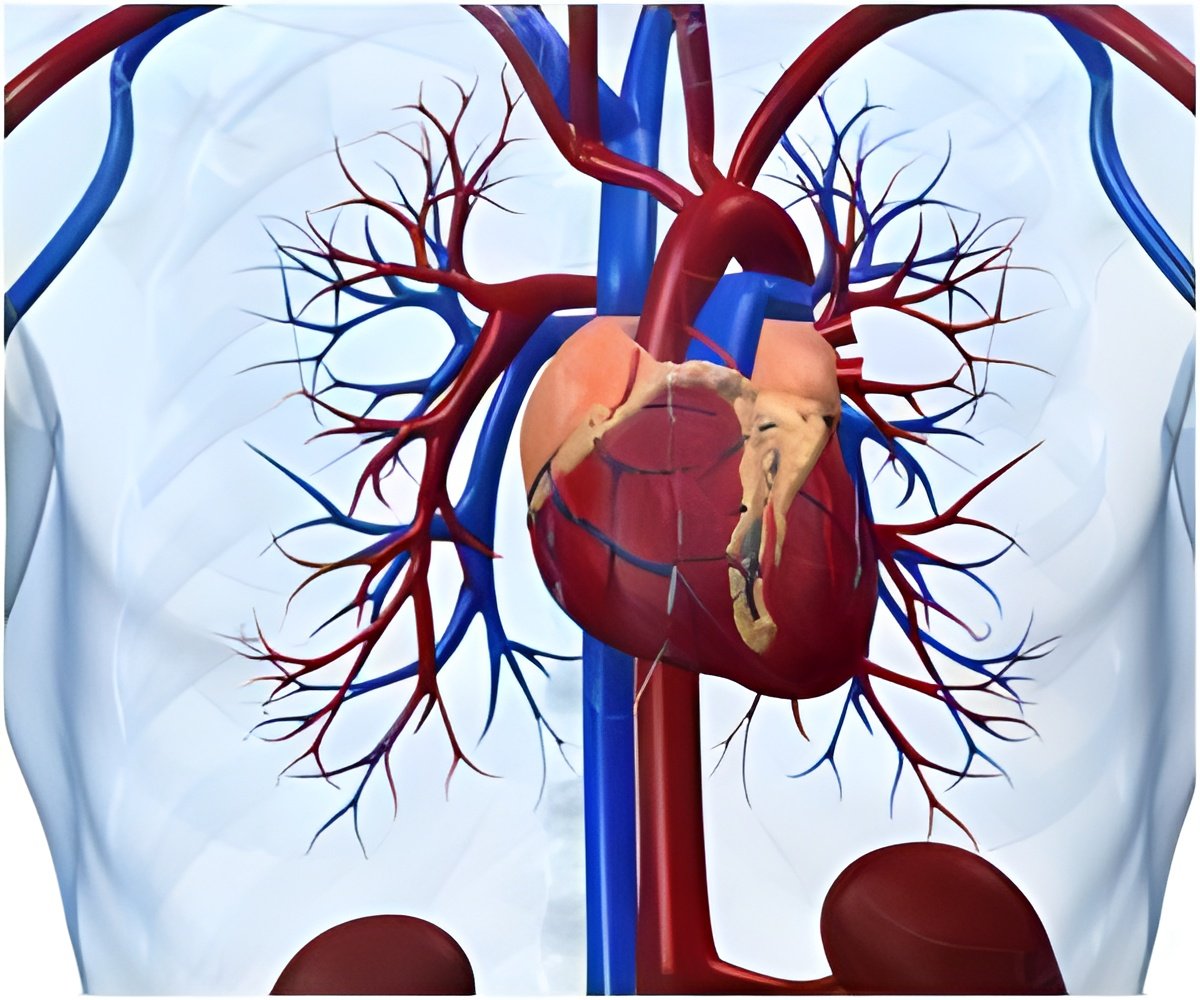
These changes can trigger birth defects, most often in the valves. But precisely how they're connected is unclear.
"Alcohol exposure may affect shear stress by modulating the heart rate, but it may also involve vigour and/or timing of the contraction," said Andrew Rollins, senior study author.
"Now that we have the tool, we can start to figure that out," said Rollins, associate professor of biomedical engineering at Case Western Reserve University, the journal Biomedical Optics Express reported.
"We're analyzing early and late development of the heart and trying to make the connections that result in valve dysfunction," said Lindsy M. Peterson, doctoral student in Rollins' lab, who led the study, according to a Case Western statement.
To look at the structure of the developing heart and blood flow, the researchers modified a technology called Doppler optical coherence tomography. Called OCT for short, the technology involves shining an infrared laser on the heart.
Advertisement
They take their first images at two days, during a stage of heart development. They take more images at three days and again at eight days, when the septum, the wall between the left and right sides of the heart, has formed.
Advertisement
Working with Ganga Karunamuni, paediatrics research associate at Case Western, they are now pursuing a slew of experiments testing the quail heart model's response to alcohol exposure and will also test exposure to mental health drugs called selective serotonin receptor inhibitors. Alone or together, they can alter sheer stress.
Source-IANS












